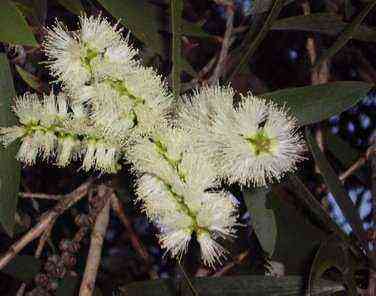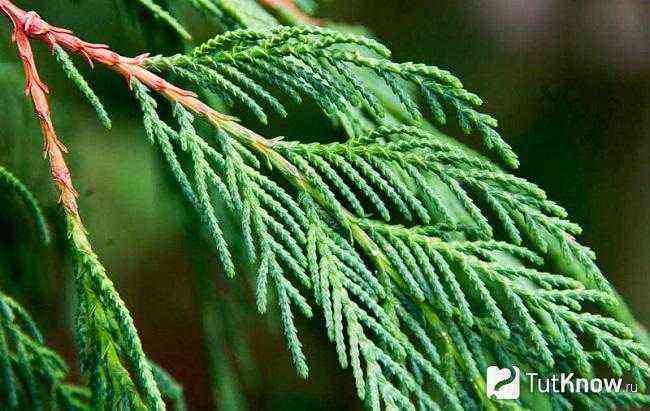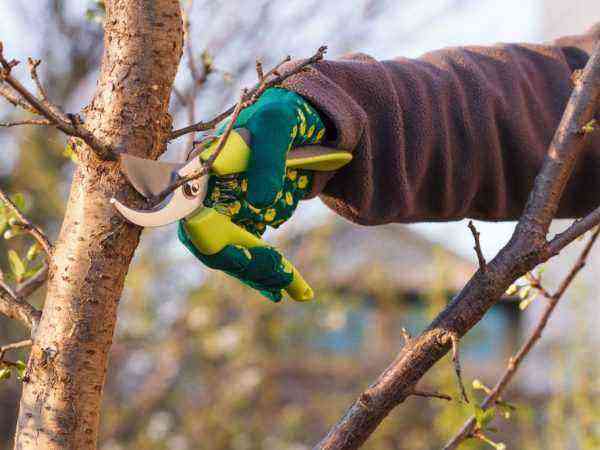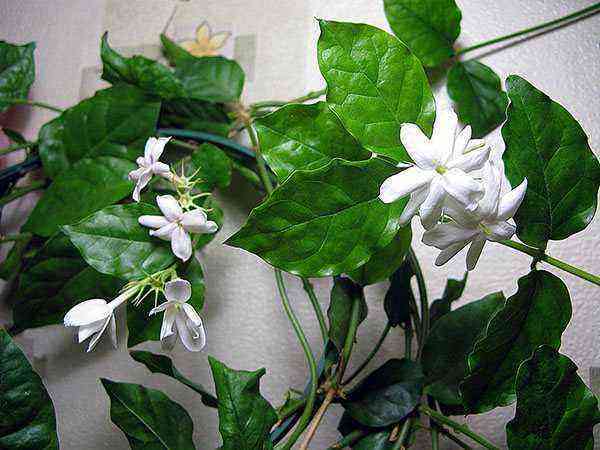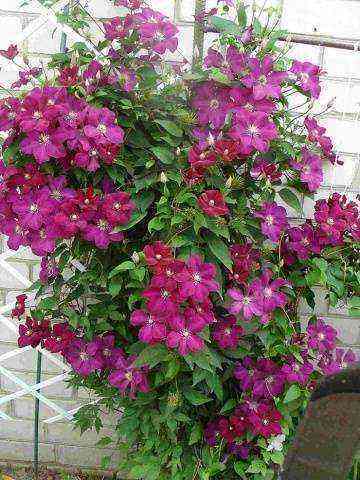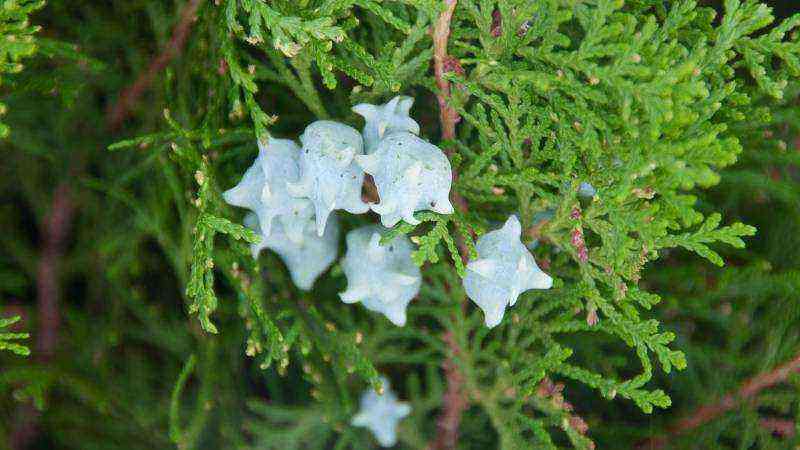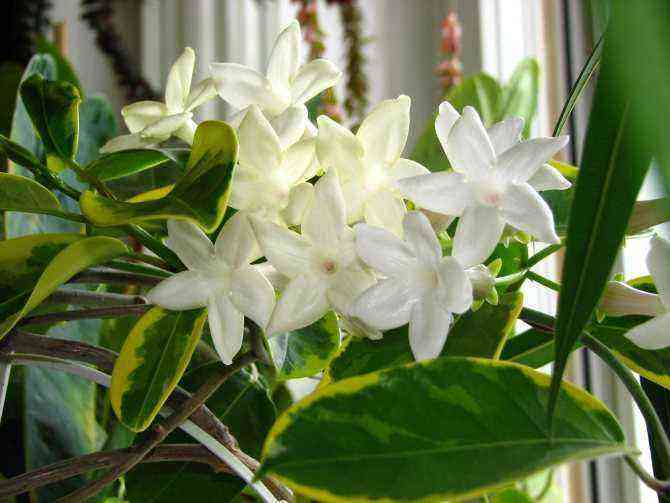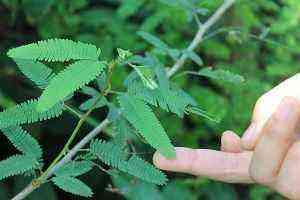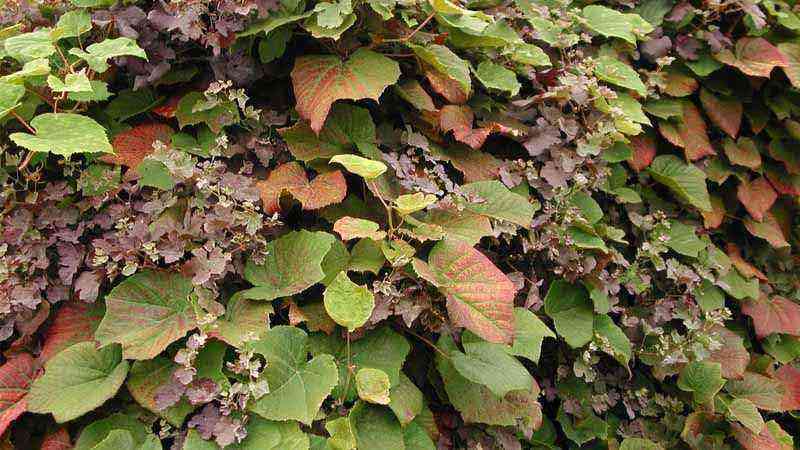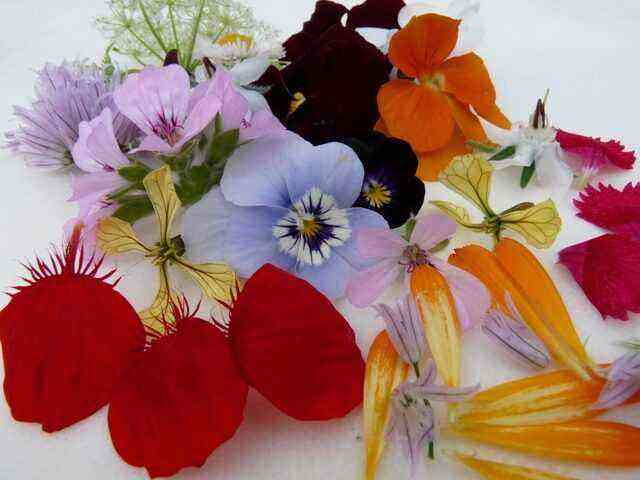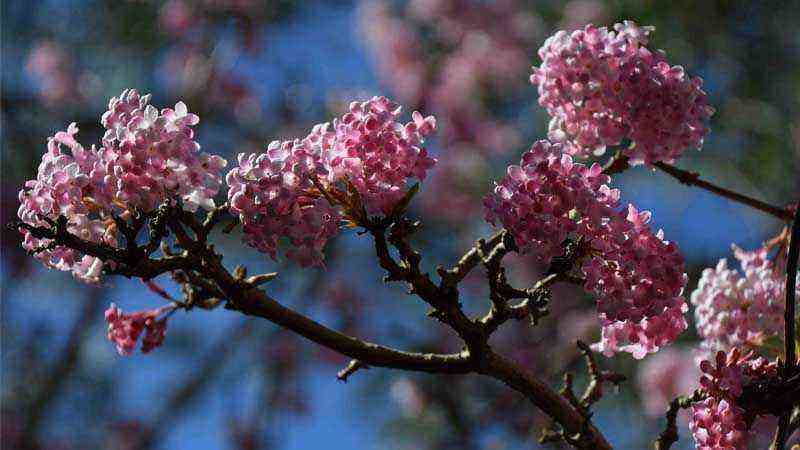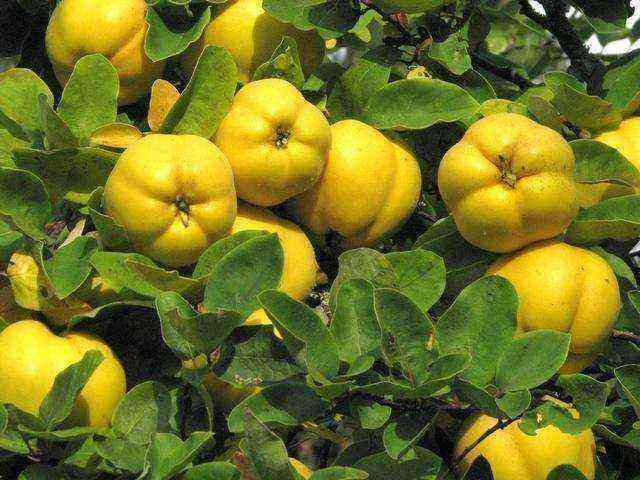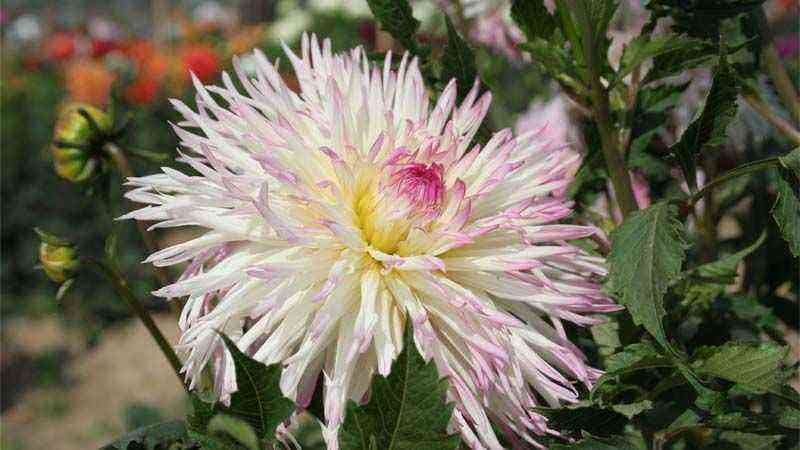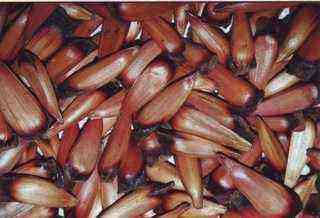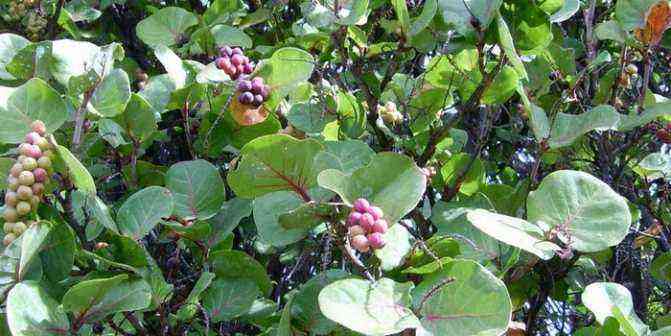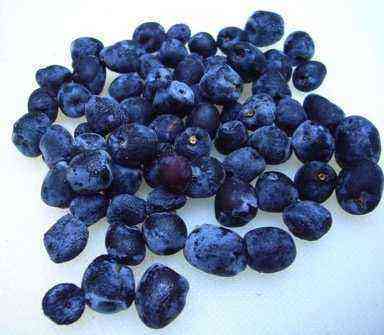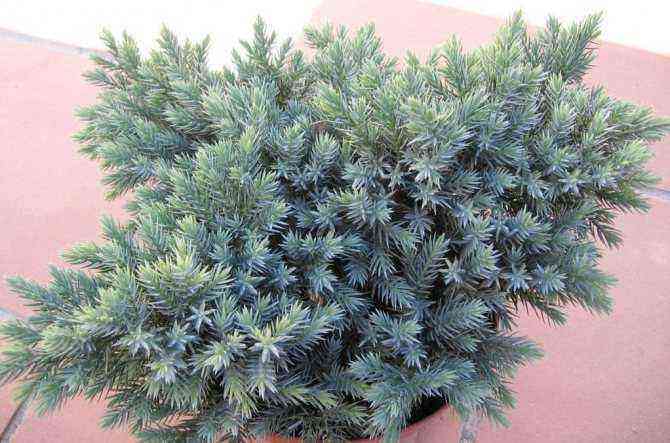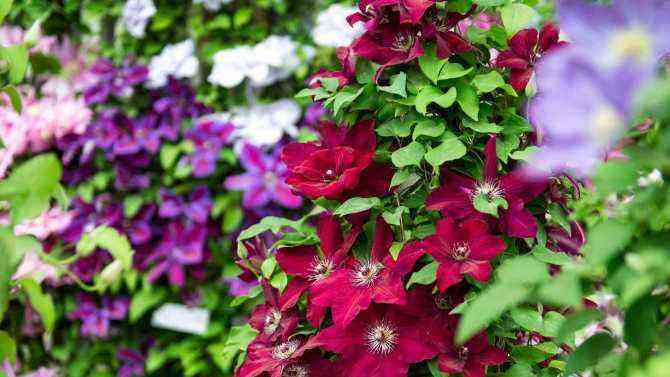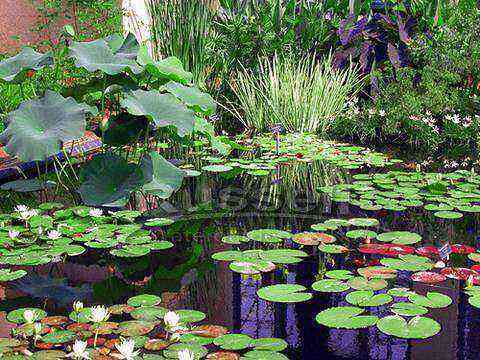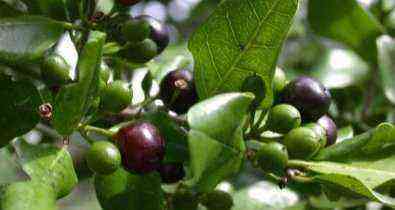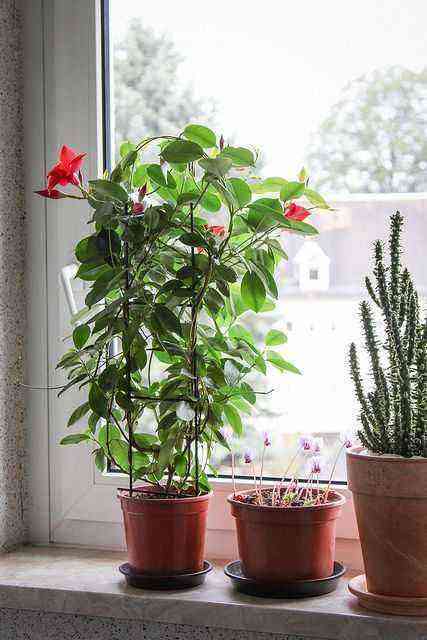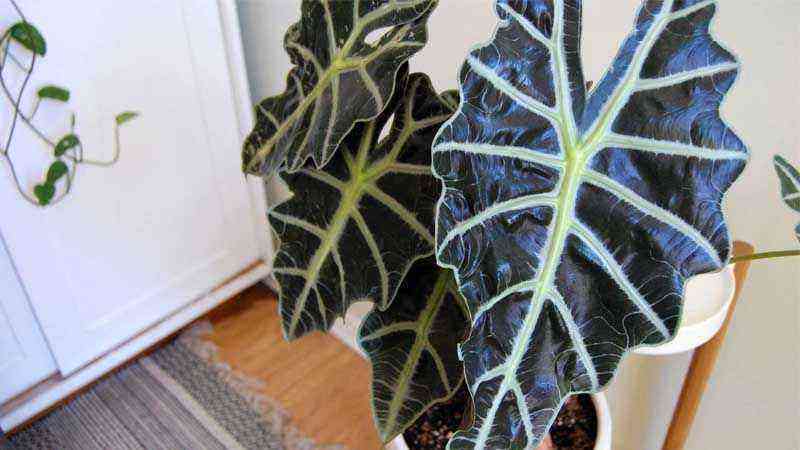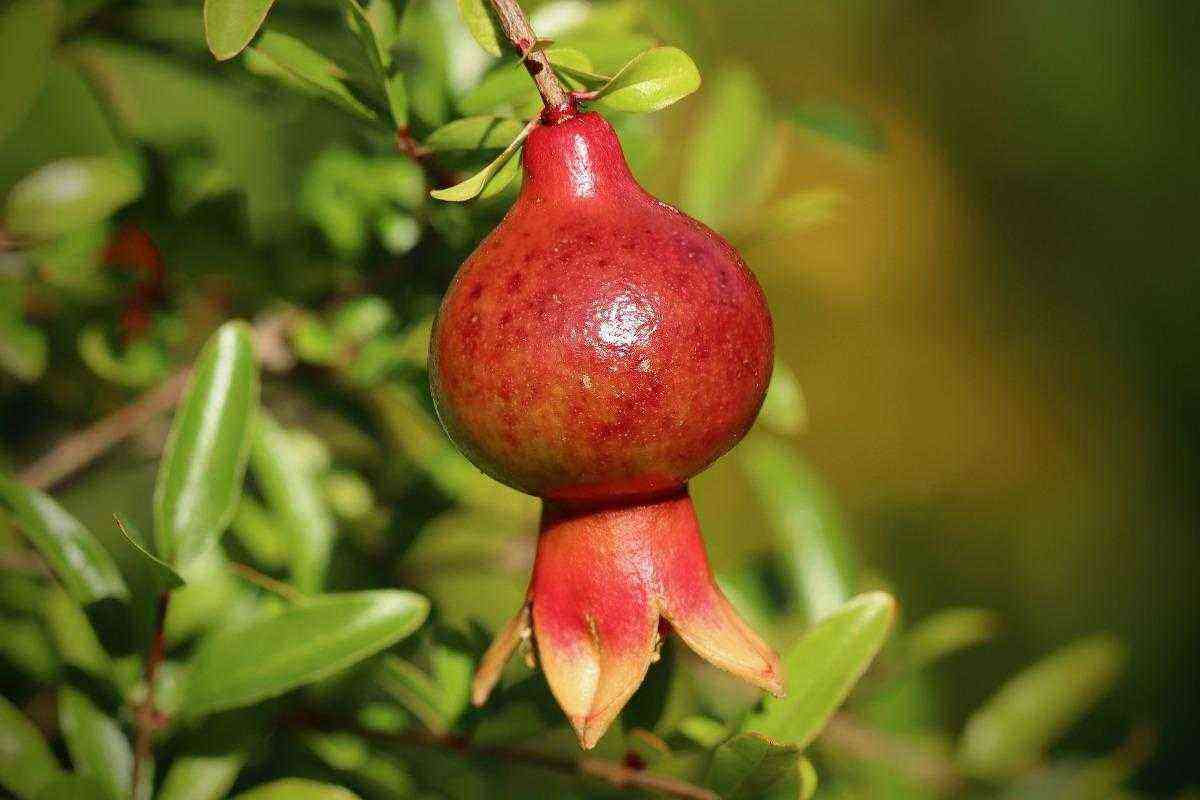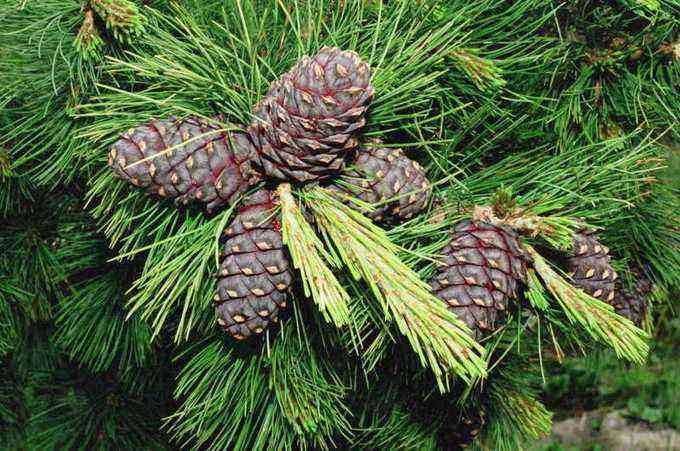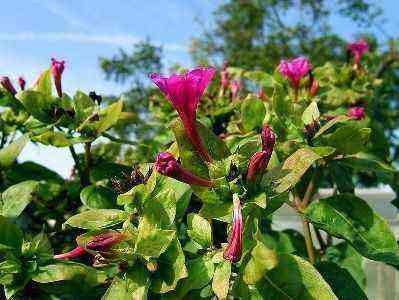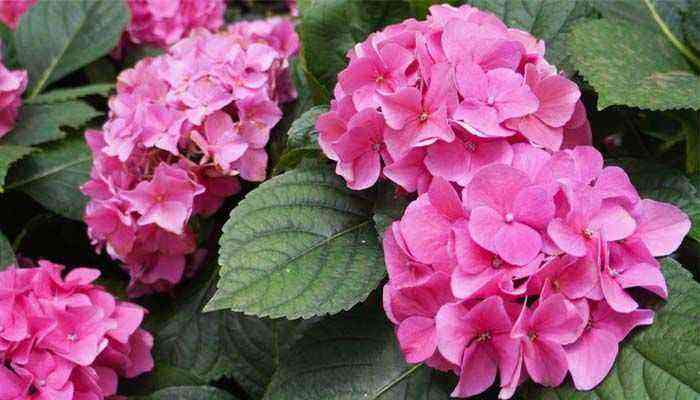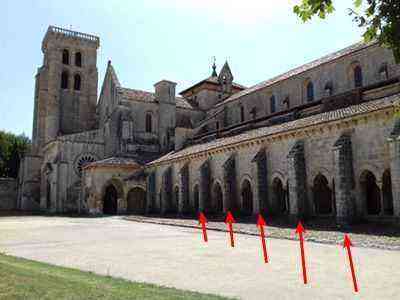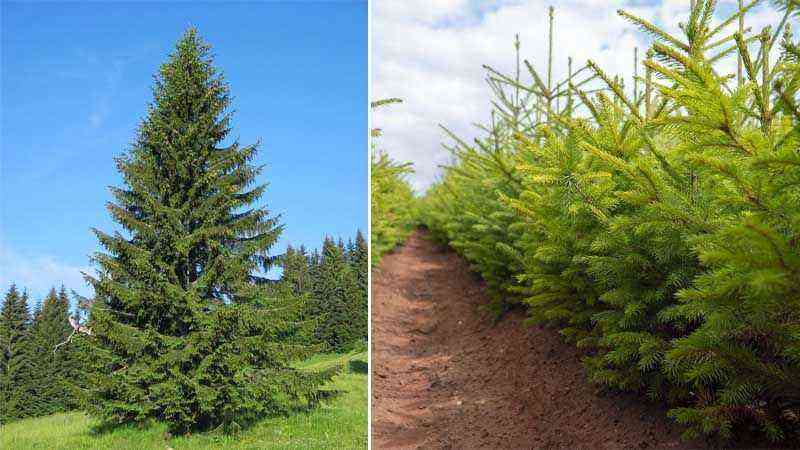As you know, flowering weakens the plant, therefore, by the end of the season, flowers need strength to survive the winter and start growing again in spring. We will tell you how to feed the shrubs (and not only them) in the fall, so that the flower garden will delight you in the new season.
The most important thing in autumn feeding is to prepare the plant for wintering, strengthening its root system and saturating it with useful elements. Autumn flower fertilizers should contain phosphorusnecessary for normal metabolism. Equally important potassiumwhich helps the plant to store nutrients, and magnesiumthat increases frost resistance.

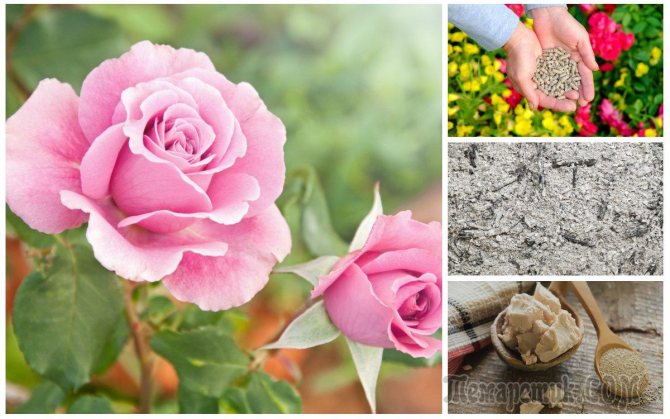
What plants will tell
In order to determine the type of soil and how to fertilize it, you first need to take a closer look at those wild plants that grow on the site.

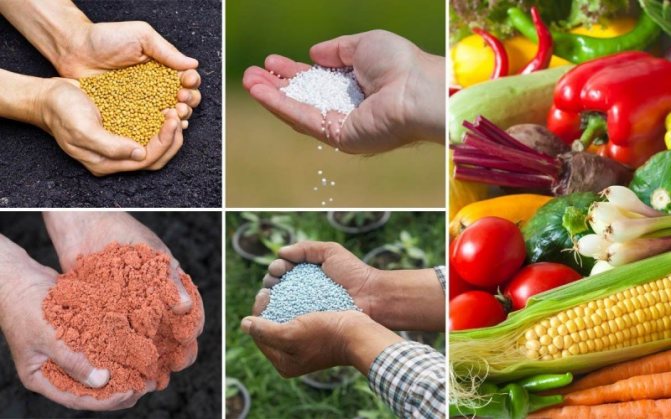
By their presence, you can determine the fertility of the soil:
- if there is a lot of quinoa, woodlice, sow thistle, then this means that the site is fertile;
- the abundance of alfalfa, burdock, clover, mother – and – stepmother suggests that the soil is slightly acidic, but well-drained;
- thickets of sorrel, buttercup, sedge, horsetail, cornflower tell us about acidic and waterlogged soil;
- shoots of field mustard, crow’s feet, and thistle are found in areas with compacted soil depleted in humus.
How to feed peonies in the fall?
In order for peonies to bloom magnificently, they must be fed during the season.
The end of September – the beginning of October is the time for the final feeding of the peonies. The roots of this plant continue to grow in the fall, so timely application of autumn fertilization is very important. A shallow groove is made around the bush and 10-15 g of potassium and 15-20 g of phosphorus are introduced into it, then they are covered with soil and watered. With the first frosts, peony bushes are mulched with humus or peat.
Determination of soil moisture
It is often difficult to find the necessary fertilizers due to waterlogging of the soil. In order to determine how the soil absorbs moisture, you should dig a hole in the area up to 35 cm deep and fill it with water.
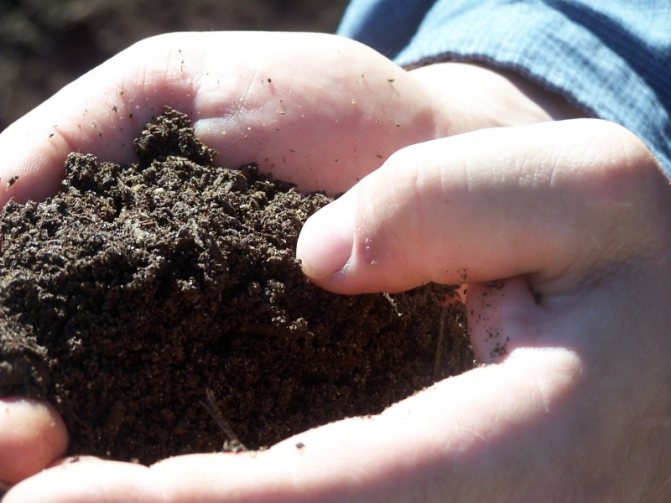
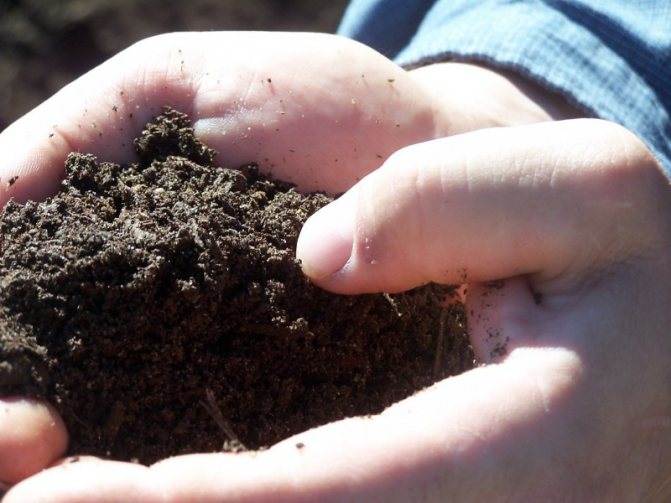
When the water is absorbed, the pit should be filled with water again and the time should be noted. If the water stays in the pit for more than 8 hours, it means that the site is poorly drained and, therefore, you need to be more careful about watering and feeding the plants.
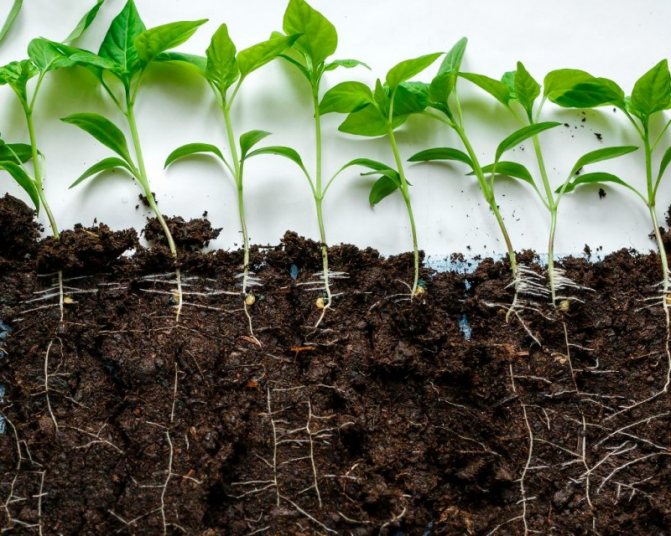
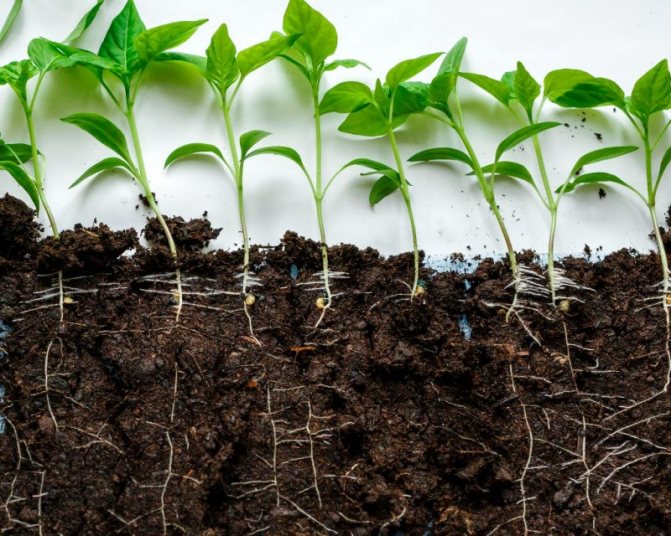
How to feed hydrangea in the fall?
Like roses, nitrogen fertilizing is contraindicated for hydrangeas in autumn. The plant needs to prepare for the dormant period, strengthen the root system in order to overwinter without problems. To do this, it is best to feed the hydrangea in August-September with such a potassium-phosphorus composition: dissolve 10 tablespoon in 1 liters of water. superphosphate and potassium sulfate, and then water the soil under the bush with this solution.
Delicate and spectacular autumn compositions for home decor are obtained from hydrangea inflorescences.
Growers advise mulching the soil around the hydrangea bushes to create a “warm cushion” for the roots. For mulching, compost, peat or manure are suitable. These materials will slowly decompose and penetrate deep into the soil, feeding the plant for several months.
Examining soil layers
In the dug holes, to determine the location of groundwater, the layers of soil are examined and its fertility is determined:
- a dark top layer more than 15 cm wide with numerous roots and earthworm tunnels indicates a fertile soil that will feed the plant roots well;
- a whitish layer indicates strongly acidic soil. Such a land is barren;
- the formation of a long cord when rolling wet soil indicates a clay structure;
- the presence of sand and crumbly soil structure is noted in dusty loams;
- sandy loams, when rolling between the palms, form a small crumbling cord;
- soil, which, when rubbed, gives a lot of grains of sand with an admixture of clay, but does not form a cord, is referred to as a sandy loam;
- sandy soils contain large amounts of sand.


These factors are important to consider when deciding how best to fertilize the land.
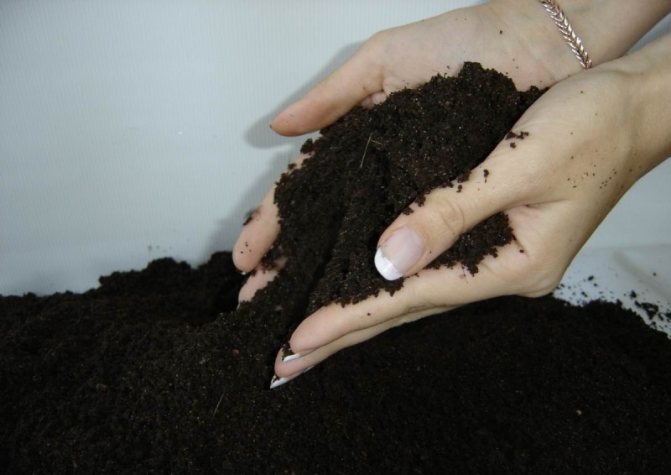
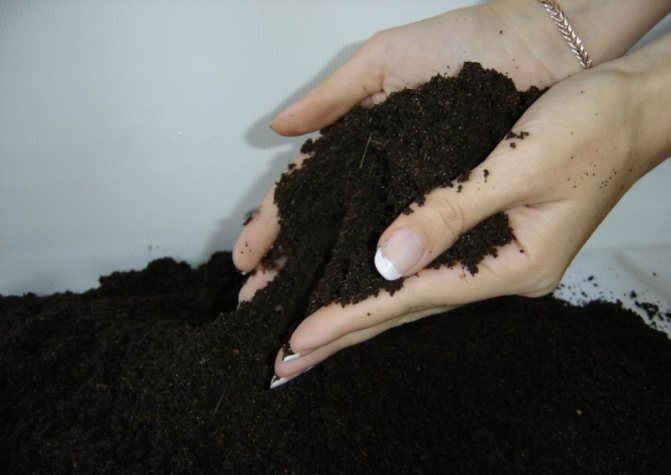
General information about feeding indoor plants
The need for feeding is caused by the small area of the pot. And if the owner believes that the flowerpot is very spacious, the plant will still lack minerals. Useful microelements in the substrate are only enough for 2-4 months, and after this time, indoor crops need additional nutrition. Exceptions are specimens that are in a dormant period. While they sleep, they do not need fertilizer.
If the question arises: is it necessary to fertilize indoor plants in winter, it should be borne in mind that in the cold period the flowers slow down their processes, and the use of top dressing leads to soil salinity. And such an excess negatively affects the general condition. It is also necessary to fertilize flowers that grow under artificial light and continue to actively develop during a short daylight hours.
Fertilizers
All types of fertilizers can be divided into several groups. Each of them has certain properties and is introduced at a specific period of plant development.
Mineral feed
These include fertilizers that are produced industrially. These include primarily nitrogen fertilizers:
- urea, containing 46% nitrogen and consisting of granules, readily soluble in water;
- ammonium sulfate is a white crystalline powder containing up to 20% nitrogen;
- sodium ammonium sulfate is similar in composition to ammonium sulfate. It consists of 17% nitrogen and 10% sodium;
- calcium nitrate contains 17,5% nitrogen. It dissolves well in water. It is especially effective in liquid form on acidic soils.
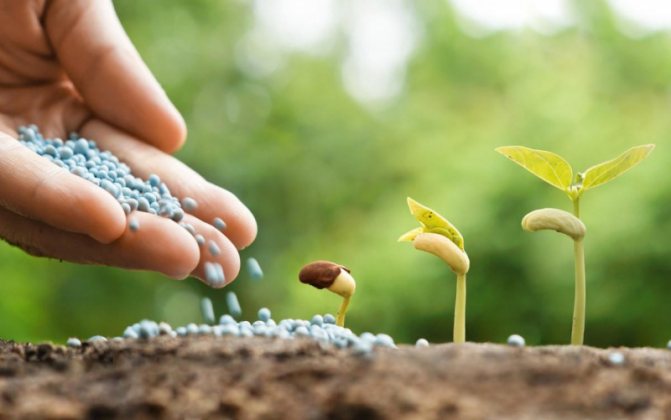
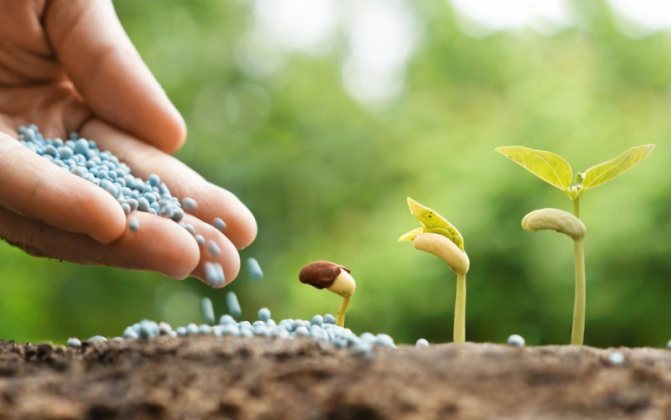
When using mineral dressings, it is important to remember that ammonium sulfate cannot be mixed with ash and slaked lime, and calcium nitrate cannot be combined with simple superphosphate.

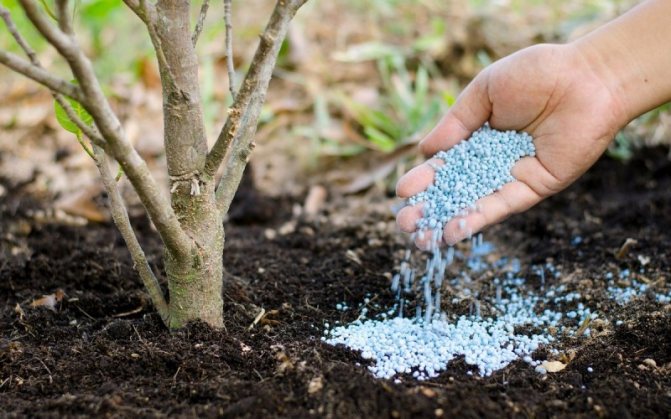
Nitrogen fertilizers usually acidify the soil, and sodium and calcium nitrate alkalinize, so they can well fertilize the soil before planting.


Disinfection of soil in spring before sowing
Improvement and cleaning of soil from pathogenic bacteria and pests is one of the most important stages of preparation for sowing. The destruction of microorganisms posing a danger to cultivated plants is carried out by chemical, biological and thermal methods.
The first consists in treating the soil with chemical agents: sulfur, copper sulfate, chlorine, etc. The methods are effective, but it must be borne in mind that toxic substances can also get into the fruits, which are then eaten.
Disinfection with biological products is safer than “chemistry”. Such products contain special fungi and antibiotics that can only destroy harmful microflora and fauna.
Thermal methods involve the treatment of open ground with low or high temperatures.
Sources of phosphorus
Of the phosphate fertilizers, the following are especially popular:
Simple superphosphate is a powder consisting of 10% phosphorus. The granular form of release contains up to 20% phosphorus. The granules dissolve well in water.

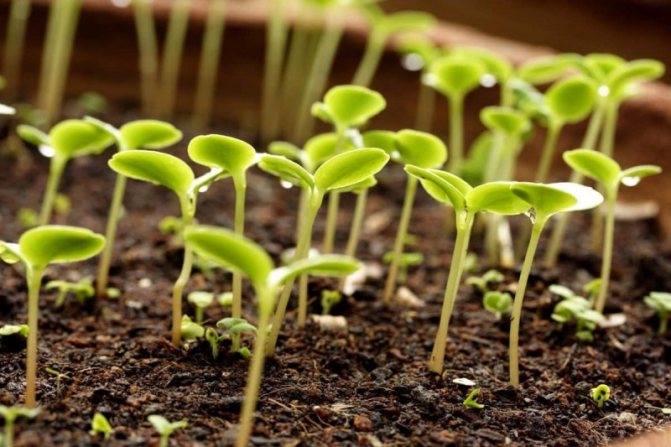
Phosphate flour containing up to 30% phosphorus. It is a gray or brown powder. It is used on acidic soils in an undissolved form. Does not combine with lime.
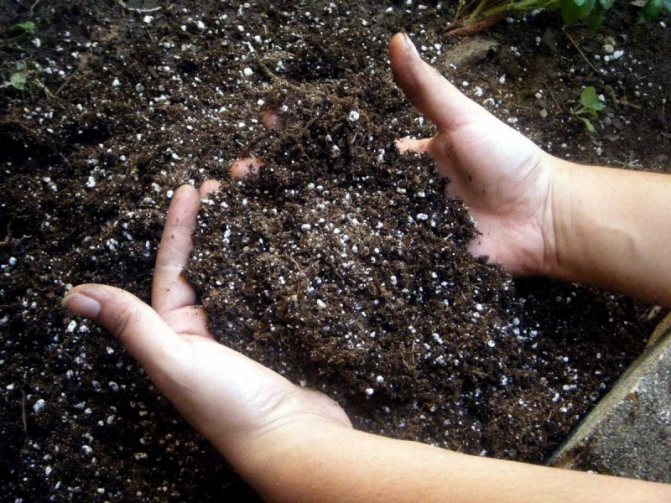
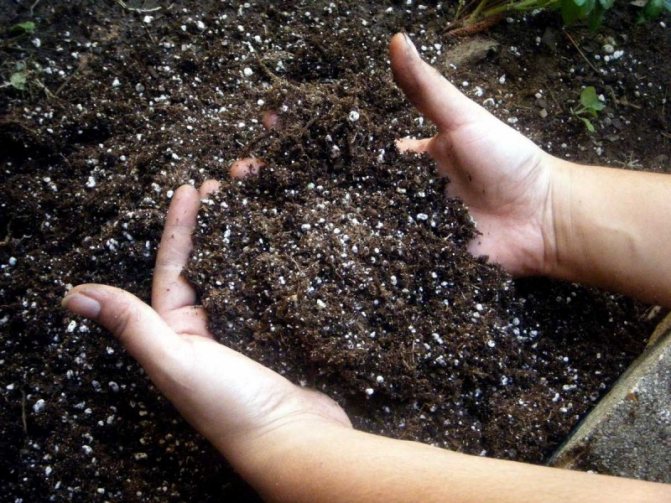
Potassium chloride is a white crystalline powder containing up to 55% potassium. Has the feature of fast tracking, therefore, it is stored in dry rooms.


Potassium salt is a mixture of potassium chloride with other chemical elements. Contains up to 40% potassium. The fertilizer is distinguished by a whitish-gray color with the inclusion of red grains. The mineral is highly soluble in water.
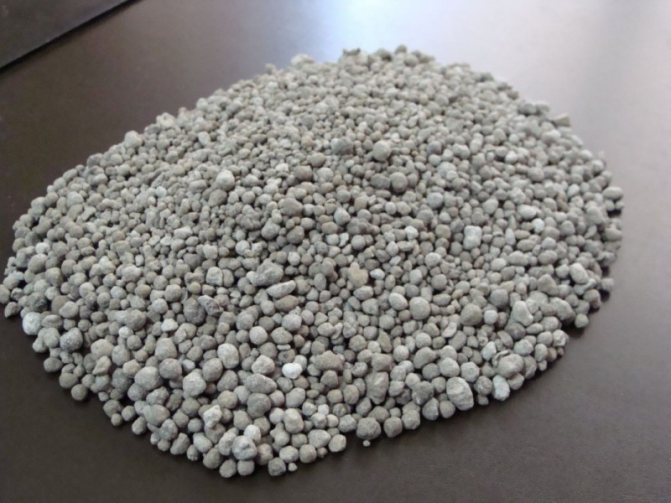
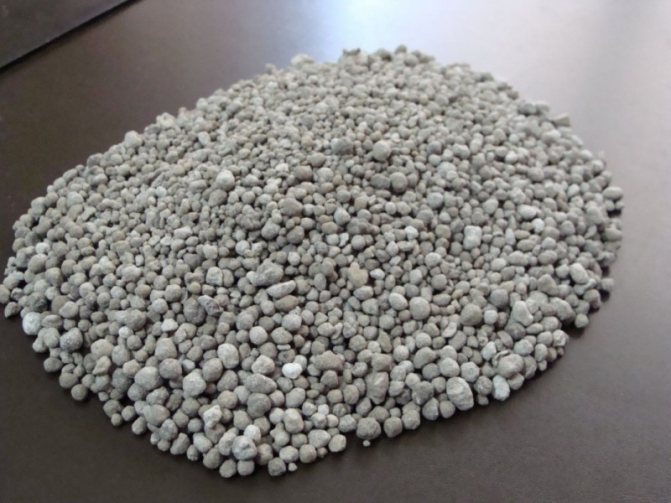
Mixed fertilizers
The chemical industry does not stand still. Every year new types of complex mixed fertilizers appear on sale:
- potassium nitrate;
- ammophos;
- nitrophos;
- nitroammophoska.
Their peculiarity lies in the fact that, depending on the need, they allow complex fertilization of the land. Before choosing the right mineral, it is important to figure out how to use it.
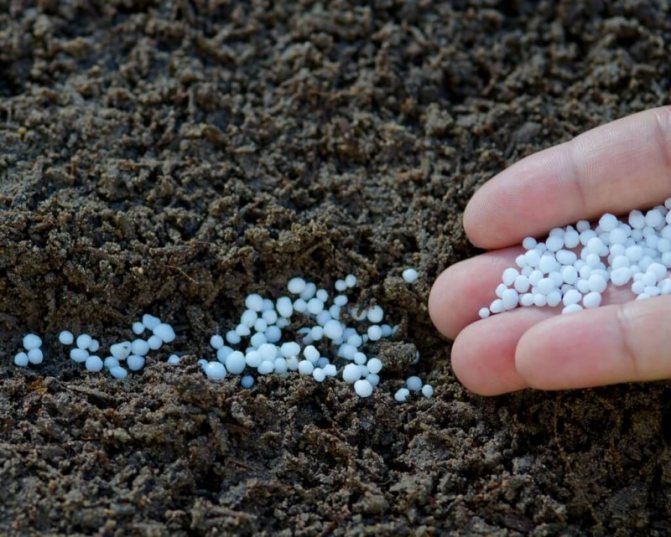
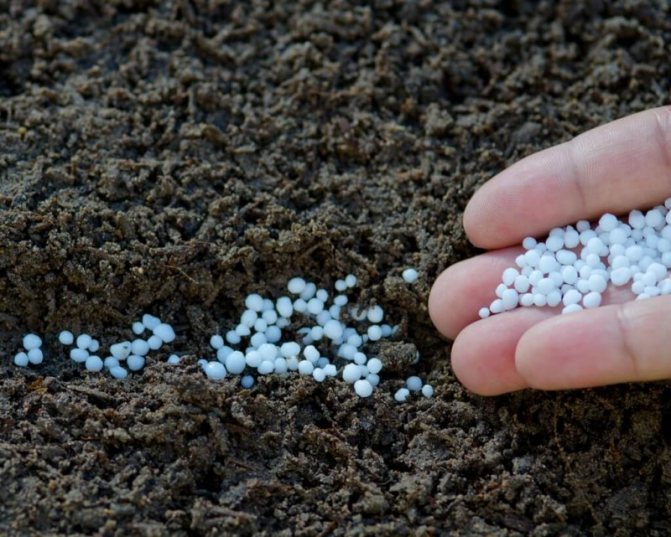
On the pages of numerous agricultural sites, you can view a photo of soil fertilization, get acquainted with its application.
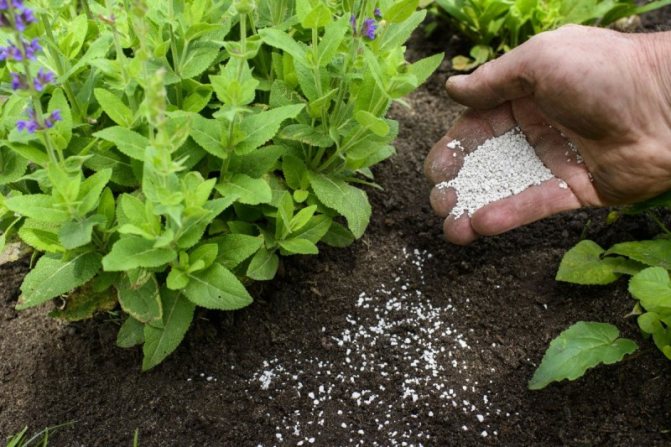
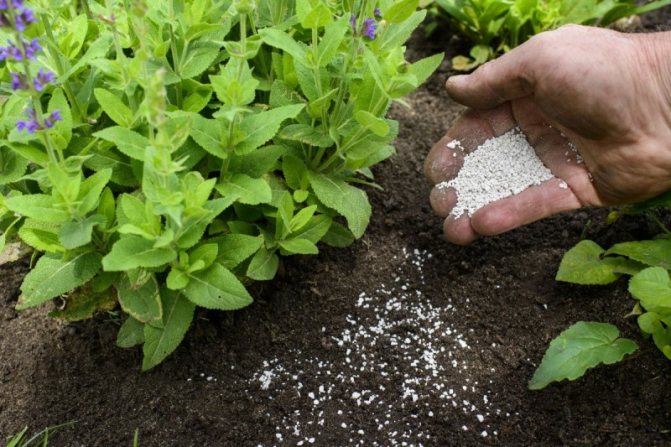
Optimal timing of fertilization in spring
It is necessary to enrich the land with mineral and organic substances in spring and autumn, as well as during the growing season. After the snow melts, it is recommended to add superphosphate and rotted manure, because at the initial stages of development, plants especially need nitrogen and phosphorus. If these fertilizers are not available, they can be replaced with others with a similar composition.
We advise you to read these articles:
Sowing tomatoes for seedlings in 2020 according to the lunar calendar
Sowing pepper for seedlings in 2020 in Siberia according to the lunar calendar
Sowing pepper for seedlings in 2020 in the Urals according to the lunar calendar
It is important that at the time of feeding, there is no snow and water in the garden. In the middle lane, the soil is ready for spring cultivation in the second half of April. If you use fertilizers earlier, there is a chance that they will wash off with water. More precise terms depend on what types of plants the substances are applied to. The soil under the trees is fertilized a little earlier, and the beds where vegetable seeds will be sown later.
Organic Fertilizers
Despite the fact that you can buy a variety of agrochemicals to fertilize the soil on the site, organics are still very popular.
Many gardeners believe that using organic fertilizers, you can get vegetables and fruits that do not contain nitrates. These include wood ash, compost, chicken droppings, manure, humus, peat, eggshells.

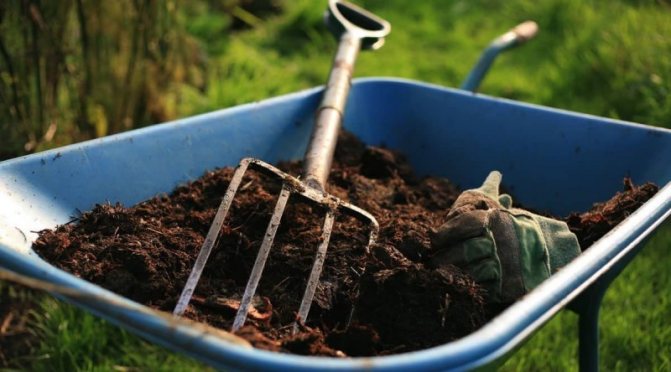
What and when to fertilize the soil
All fertilizers are divided into 3 main groups: organic, mineral and organo-mineral fertilizers.
Organic Fertilizers
They, in turn, are also divided into 2 groups: animal and vegetable. Vegetable fertilizers include composts and peat, and animal fertilizers include manure and poultry droppings. When fertilized with organic substances, the structure of the soil is significantly improved and this contributes to the reproduction of living organisms that benefit both the soil itself and the plants. There are also some disadvantages – an imbalance of nutrients can occur, weed seeds can be caught in such fertilizer, and organic matter can cause plant diseases and attract toxic substances.
If you decide to use organic fertilizers, it is better to use compost. It is prepared quite simply: on an area of about 10 sq. meters are laid out with straw 15 cm thick, then a layer of manure – 20 cm, a layer of peat – 15-20 cm. Pour phosphate rock and lime mixed in a 1: 1 ratio on top. For 1 sq. meter should be poured 50-60 grams of the mixture. A layer of manure with a thickness of 15-20 is poured on top again. All layers are covered with a thin layer of soil and kept for 7-8 months.
As for fertilization with manure, in our time the number of cattle has decreased significantly, and therefore we have to look for an alternative. Anything that grows and rots can be used as plant products for fertilization: cut grass, fallen leaves, tops and weeds, etc.
You cannot fertilize the earth with fresh manure… Getting into warm and humid soil, such fertilizer begins to actively decompose and release heat and gases, so the crop can simply “burn out”. Fresh manure is used only for feeding mature plants, diluting it with water and watering the aisles. You can also use dried manure by sprinkling it in a thin layer between the rows.
It is better to use manure if it has lain for at least a year – during this time it decomposes and turns into humus. It is worth remembering that pure manure and chicken droppings rot worse, so it is better to dilute these animal waste products with straw, foliage, sawdust and even crushed waste paper (it is better to take paper without printing ink). IN organic fertilizerAs you know, a smaller part of nitrogen is in a soluble form, and a large part is a part of insoluble organic compounds. When compost enters the soil, myriads of soil dwellers attack it, eating, decomposing and transforming it. As a result of the activity of microorganisms, insoluble nitrogen gradually transforms into a soluble form, as shown by analyzes: immediately after the introduction of compost into the soil, the content of soluble nitrogen begins to rise steadily. And then everything depends on the growth rate of the aboveground part of the plants. In potatoes, this process is so intense that it “eats away” all the nitrogen prepared for it by soil organisms, therefore, under potatoes, the content of available nitrogen in the soil remains low until the beginning of August and begins to increase only when the tops of potatoes stop their vigorous growth. On carrots, where foliage growth is slow at first, the nitrogen content was quite high until mid-July, and then decreased in line with increased foliage growth.
With the autumn application of fertilizers, plant nutrients are part of the soil organo-mineral complex, and the whole next season the plant lives due to the gradual disintegration of this complex and the release of available nutrients. The speed of this process depends on the activity of microflora, which is determined by external conditions: soil moisture, temperature, looseness, and so on.
In addition, organic fertilizer serves as a source of substances for soil microorganisms that are necessary for the formation of humus. When applied in autumn, organic fertilizer decomposes more slowly, and the process of its inclusion in humus is more intensive and to a greater extent contributes to the growth of soil fertility. If you regularly add compost or manure to the soil in the fall, then you can create real black soil in your garden. With spring application, organic fertilizer decomposes faster and better supplies the plants with soluble nutrients. This is important for plants, since spring and early summer are a period of their active growth, requiring abundant nutrition. Thus, autumn organic fertilization makes a greater contribution to soil fertility, and spring – to plant nutrition. Both are important.
Of course, such a decision suggests itself: we apply compost or manure in the fall, and in the spring and summer we feed the plants with liquid fertilizers, which are easy to do: mullein infusion, fermented infusion of nettle or any weeds. To enrich these nitrogen-rich infusions with phosphorus and potassium, bone or phosphorite meal and ash are added to them. Another option is to apply most or even half of the compost in the fall, and the rest in the spring.
You can use green dressings. The main raw materials are ordinary grass and weeds. The green mass is finely chopped, placed in a large container and poured with warm water (10 liters of water per 2 kilograms of grass). All this should ferment for 2 – 3 days, after which you need to stir and strain the solution. Then they are fed plants with the calculation of 3-4 liters per 1 square meter. You need to perform the procedure 2 – 3 times with an interval of a week. This solution is useful for vegetable and berry crops, it not only nourishes them, but also protects them from pests and diseases.
Mineral Fertilizers
These chemicals should be used with caution and strict adherence. Usually gardeners and gardeners use nitrogen, potash, manganese, lime and other types of such fertilizers. The most common nitrogen fertilizers include nitrate, urea, ammonia water, and ammonia. Nitrogen fertilizers are applied twice a year – the first time around mid-April, and the second time in mid-November. The way they are applied is the same in both seasons – fertilizers are scattered by hand, and then the land is cultivated. It is better if the ground is wet at the same time. Potash fertilizers also significantly increase yields. Usually, potassium in the soil is in a difficult-to-reach form, so the need of plants for it is great. It is better to apply potash fertilizers in the autumn period together with manure before the main cultivation of the land.
Phosphate fertilizers are also important for plants. Without this element, the formation of chlorophyll in plants is impossible, therefore, the introduction of such fertilizers not only increases yields, but also improves the quality of plant products. Phosphate fertilizers are scattered on the surface of the soil, and then they are dug up to a depth of about 20 centimeters.
С mineral fertilizer we get the following picture. Immediately after the introduction, a sharp jump in the content of soluble nitrogen was observed: it increased 5-6 times compared to the initial one and remained at a high level until approximately mid-July. Analyzes showed that at some point there was three times more soluble nitrogen in the soil than was introduced with mineral fertilizer. This phenomenon is explained by the fact that mineral fertilization stimulates the decomposition of soil organic matter and accelerates the release of soluble nitrogen from it. The decay of humus under the influence of mineral fertilizers is a phenomenon that has even received a special name: priming effect. But in the middle of summer, the peak is replaced by a sharp drop, and the content of soluble nitrogen in both cases – with organic and mineral fertilizers – becomes the same.
It is not hard to guess what consequences this has for plants. On mineral fertilizers, they grow more intensively, develop abundant leaf mass and give a correspondingly higher yield, although this applies to different crops to a different extent: spinach and potatoes on mineral fertilizers gave a significantly higher yield than on compost, and beans and carrots turned out to be less dependent on nitrogen.
However, when researching the quality of the crop, the advantage turned out to be on the side organic fertilizer… This manifested itself in a lower nitrate content, and most importantly, in a significant decrease in storage losses. Both potatoes and carrots grown on organic fertilizers were less affected by fungal diseases.
Mineral fertilizers do not increase soil fertility, but rather destroy it. They can be used for dressing, but only in very moderate doses, so as not to cause excessive leaf growth and not disrupt the activity of the soil microflora. Moreover, it is worth applying mineral fertilizers only if organic fertilizers are applied in the autumn, since the soil with a high organic content partially removes the negative effect of mineral fertilizers.
Organo-mineral fertilizers
They are humic compounds of mineral and organic substances. Each drug is used on an individual basis, but there are general rules. For open soil, spraying is used, and for closed soil, surface watering, drip irrigation, sprinkling and manual spraying on the leaves are used. For seed treatment, 300-700 ml of fertilizers are used per ton of seeds, for foliar feeding – 200-400 mm per 1 hectare of crops, for spraying – 5-10 ml per 10 liters of water, and for drip irrigation – 20-40 ml per 1000 liters of water for irrigation.
We should also mention plants that improve the soil. These include rape, oil radish, rapeseed, turnip and others. Until recently, in order to improve the soil, only lupine was used, which enriched the earth with nitrogenous mineral fertilizers, but recently other equally useful and effective plants have become known.
For example, after harvesting, you can sow the area with rape, which, before the onset of frost, will have time to ascend and grow to a plant with 6-8 leaves in the outlet. In early spring, after the snow melts, it will begin to grow intensively and until the beginning of May it should be plowed into the soil. After that, the earth will be enriched with mineral and organic substances and will improve its structure. In addition, the rape contains a large amount of phytoncides that destroy disease-causing organisms in the soil.
If there is a possibility of non-use of the land plot for a whole year, then you can sow it with oil radish. At the same time, the soil will receive the necessary rate of nutrients, and there will be much less weeds. About 70 grams of radish seeds are used for one hundred square meters of land. For even sowing, it is better to mix the seeds with river sand.
And a little more about how to properly prepare and fertilize the soil with manure.
We have already considered in detail how to properly fertilize chicken manure, now more about manure. Good quality manure is obtained where it is stored in stalls under livestock, trampled daily, covered with a new layer of straw. With the daily removal of manure, it is piled into large manure storage facilities, where it must be transferred for better conservation by peat or soil. It is also useful in cases of daily removal of manure to add about 1,5 kg of peat to the bedding or put in the troughs of stables on each head of livestock, which, on the one hand, achieves air purification, and on the other hand, the slurry is preserved, containing the main nutrients substances for plants. When the manure is covered and sandwiched with earth and peat, all the nitrogen is. Manure, when kept this way, is usually strong and fast acting. Re-stratification of manure with earth is done every 60–90 cm, and a layer of earth of 7–9 cm is applied. The richer in humus the earth is, the better. On this land, a layer of manure of 60-90 cm is again superimposed, which is again covered in the same way with earth. At the same time, manure is always trampled down. The bottom of the manure storage is usually laid out with straw, a layer of 60 cm thick. The straw must be trampled down. The manure storage itself is usually selected in a high place so that by-product water does not flow into it. The water flowing out of the manure storage, the slurry, must be collected in special tanks, and with the same slurry it is necessary to water the manure from above. The heaps of manure should not be made higher than 2,5 m, because the lower layers of manure are too compacted and heated. Those who fertilize with manure make a big mistake. digging too deep into the soil. The more superficially the fertilizer is applied, the better, the faster and more accurate its action. The best thing is to fertilize with manure to the depth of one shovel. If the fertilizer is applied to the soil to a depth of 40 to 50 cm or more, as is, unfortunately, very often done when planting trees, then oxygen does not have sufficient access, and therefore the fertilizer cannot properly decompose and produce the proper effect on the tree. … Practice has often proved to us that too deeply applied fertilizer after several years was found in the soil in the same form as when applied to the soil, and, therefore, absolutely no benefit was obtained from it.
Manure
Manure has long been used for feeding various crops. It is used to improve the soil for garden trees and shrubs, as well as for areas where garden and flower crops will grow.
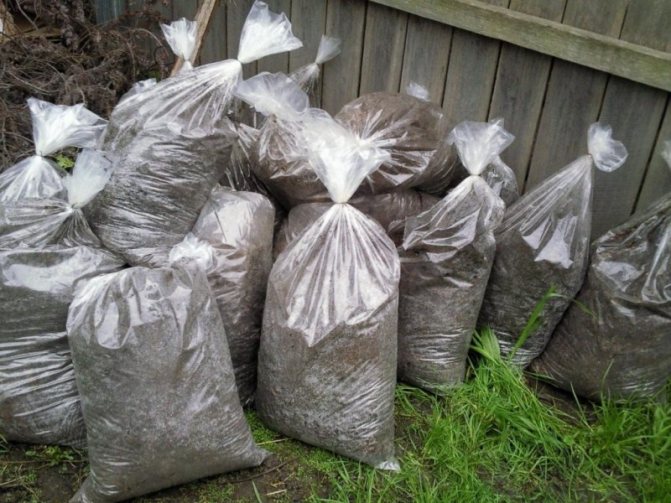
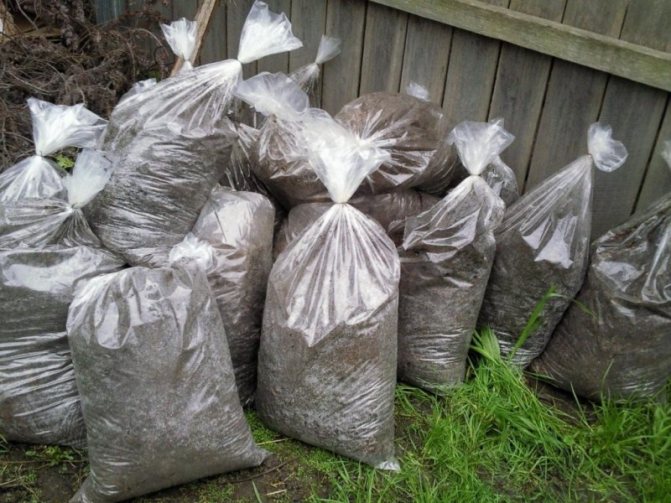
Rotted manure is considered the most optimal fertilizer. To enhance its effect, a glass of ash is added to the manure bucket. Usually it is brought under the autumn digging once every 3 years.

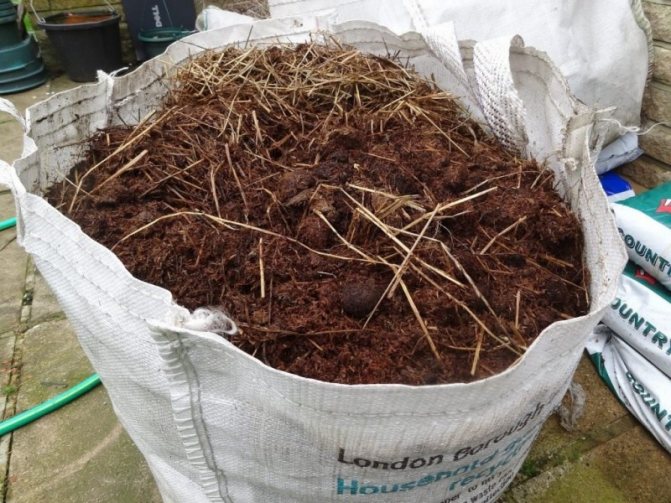
Important! Fresh manure cannot be used to feed plants as it contains a lot of nitrogen and has an elevated temperature during decomposition, which can cause plant burns.
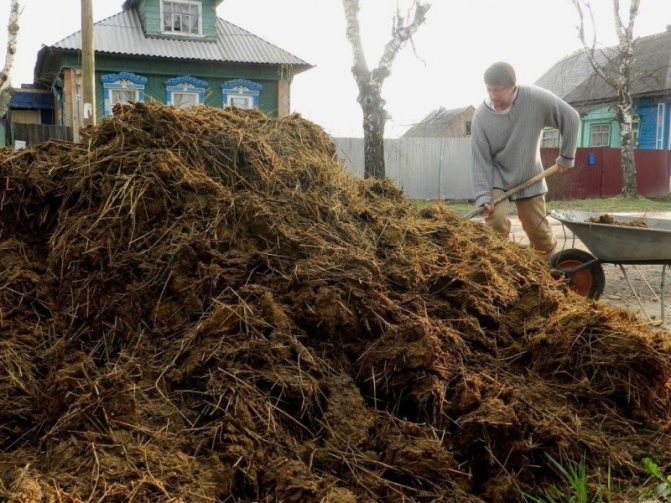

Biohumus
Vermicompost is one of the options that can replace humus. It is the result of compost processing by earthworms (vermiculation). Most often, the Californian breed is used for production, which was bred about a hundred years ago in the USA. They breed quickly and are more efficient than their wild counterparts.
Vermicompost is easy to make with your own hands. For this, a small pit or box with a volume of 1-2 m3 is allocated. The bottom is lined with turf or low-lying peat, then earthworms are launched there (they can be purchased at a specialized store). Then everyone is covered with a mixture of sand, soil and food waste. The pile is watered with water or mullein solution. New waste is added after 2-3 weeks.
During processing, eggs of worms, pathogenic bacteria are destroyed. The material is enriched with nitrogen, potassium, phosphorus, sulfur, iron. All minerals are in a soluble form available to plants. Organic substances become a breeding ground for beneficial bacteria and fungi and an additional source of nutrients.
Vermicompost contains phytohormones that stimulate growth and development, increase plant resistance to diseases. It has a loose structure, improves the quality of the soil in the garden. The yield increases several times, the taste of the fruit improves.
There are different ways of using vermicompost:
- Fertilization of the field (about 7 kg per 1 m2)
- Growing seedlings (mix the material with the ground in a 1: 3 ratio)
- Backfilling in the holes when planting vegetables (50-100 g)
If the concentrated material is diluted with water, it can be used for irrigation. The ratios depend on the type of culture. For 10 liters, you will need from 50 to 500 ml of dry vermicompost.
If you don’t have the ability to make your own organic fertilizer, you can buy one at the store. Dry concentrated and liquid dressings are sold. The first option is more suitable for garden crops. It can be poured into the holes or simply applied to the beds, diluting with plenty of water.
Liquid dressing is more convenient for watering indoor plants. They are also concentrated and diluted according to the instructions. Some manufacturers sell wet fertilizer in bags. It resembles loose garden soil and is suitable for growing seedlings, flowers.
Peat
Peat is mined on swampy soils. However, fresh peat cannot be used immediately as it contains many harmful compounds of aluminum and iron. The peat must be well weathered before use.

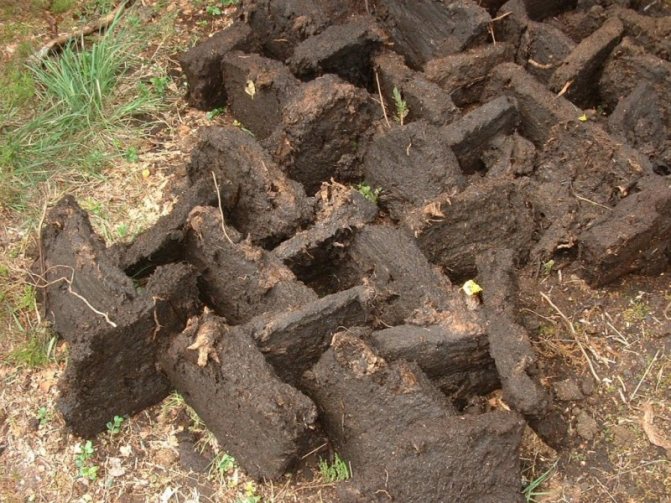
The content of peat in the soil makes it lightweight. Such soil is easily saturated with water. Usually peat is not used as a separate fertilizer. It is best mixed with ash, limestone or slurry.
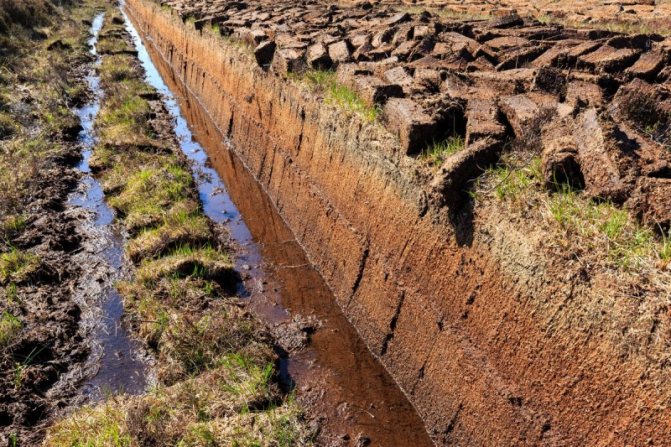
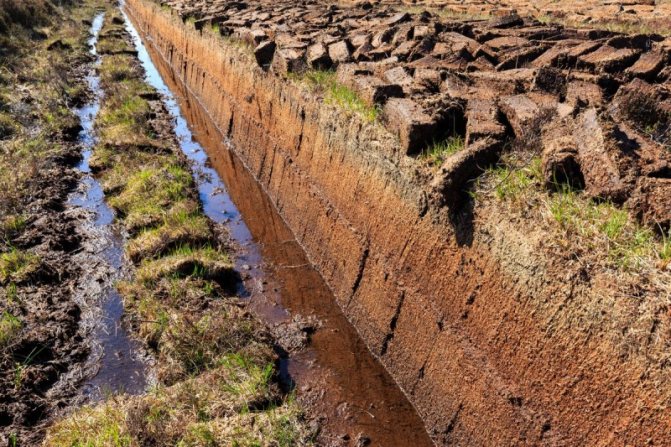
How to feed lilies in the fall?
To increase winter hardiness and strengthen the lily bulbs at the end of the summer season, feed the flowers with phosphorus-potassium fertilizer. With the arrival of spring, a “fed” plant will not need much strength to recover, which means that lush flowering will not be long in coming.
Pour over the lilies with such a nutrient solution: dilute 10 tbsp in 1,5 liters of water. potassium magnesium and 2 tbsp. superphosphate. Like other garden flowers, lilies can be covered with compost (10 cm layer) before winter to protect the bulbs from freezing.
Chicken droppings
Chicken droppings contain many trace elements useful for plants. It can be used both dry and in the form of an infusion. This top dressing is applied during the spring and autumn digging of the earth.

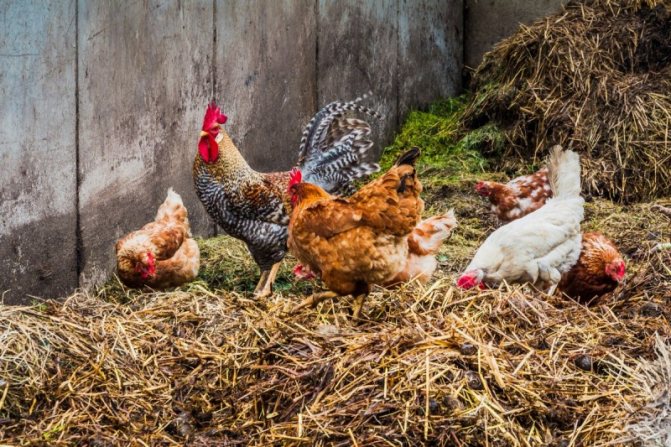
Gardeners often wonder if the soil can be fertilized while planting. Certain types of organic matter are introduced immediately before planting or when planting seeds. It can be eggshell, which contains a lot of potassium, calcium and other beneficial trace elements.
Advantages and disadvantages of organic
Natural fertilization does not harm the quality of the land. After organic matter, the crop does not contain nitrates. The plants themselves grow in compost or peat, as if in fluff.
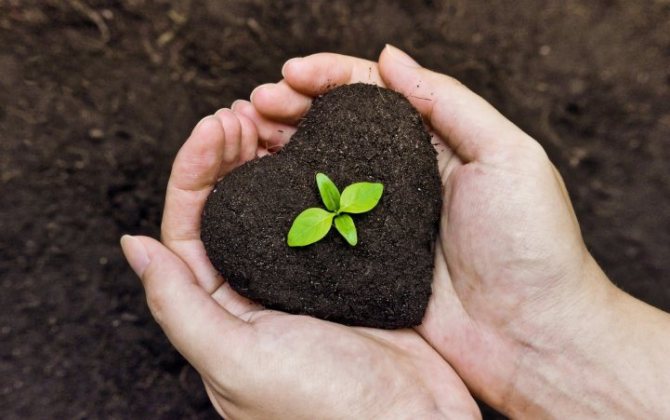

But not everyone can afford the appropriate fertilizer in large volumes. In addition, not every organic is useful for the spring.
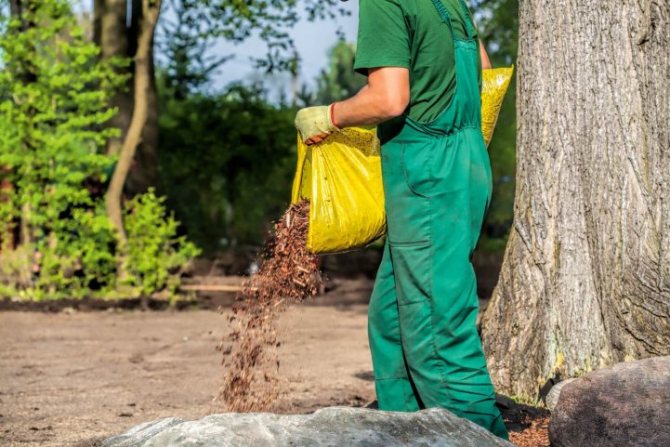
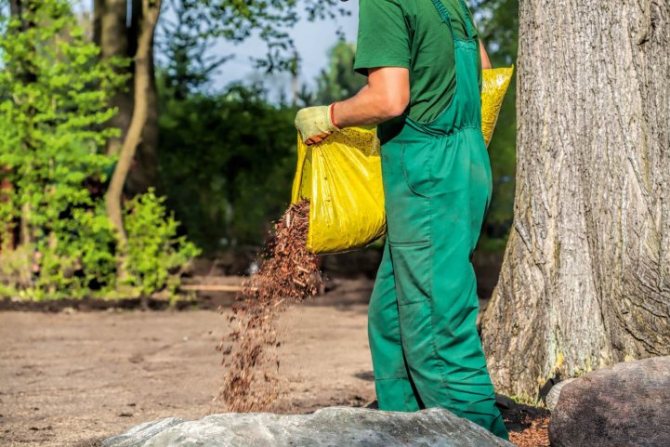
We recommend reading:
From manure and droppings, it is only possible to make nutrient solutions for irrigation at the root (ratio 1:10, where the first is fertilizer, the second is water).
Compost
The use of compost as fertilizer is called the technology of success. Its use is able to provide balanced plant nutrition.
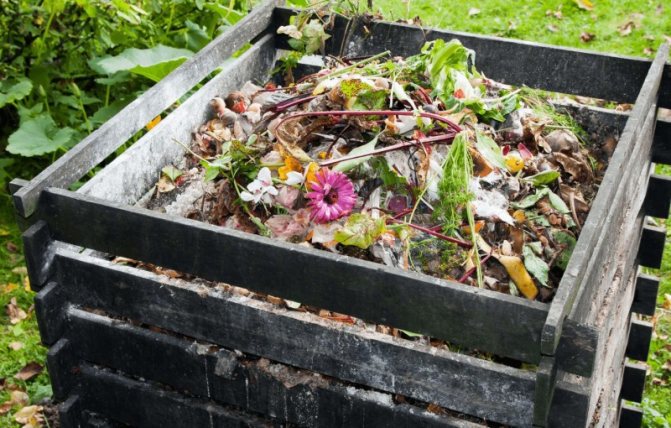

However, in order to become the basis of an environmentally friendly crop, it must be properly prepared. To prepare compost, everything that can decompose is placed in special pits or containers. This can be grass after weeding, shredded stems of plants, sawdust, straw, kitchen waste.
The compost heap works until all of its contents are rotted to form a nutrient-rich humus, which is used to fertilize the soil.

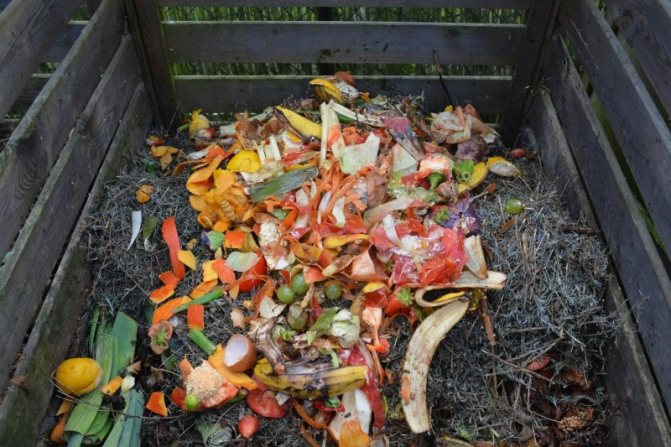
A good harvest cannot be obtained without the introduction of organic fertilizers. Fertilizing the soil in spring with organic fertilizers means laying the foundation for a rich harvest.
Do I need to fertilize indoor plants in winter: tips and tricks
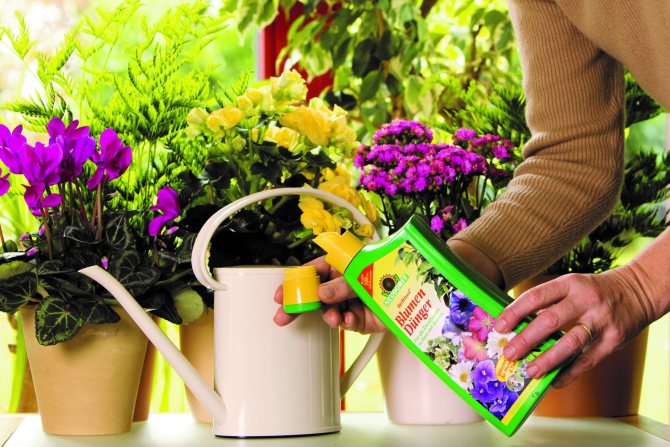
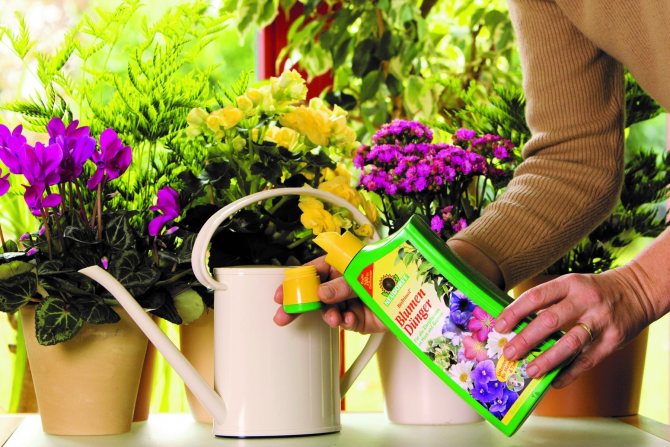
In the autumn-winter period, plants need special care, since the flowers suffer from a lack of sunlight and dry indoor air. Many houseplants find it difficult to survive winter without loss, keeping flowers and leaves healthy. If the foliage is withering, dull, or stained, then it is lacking in nutrients. Top dressing and transplanting to a new place change the situation for the better and return the plants to a healthy, beautiful look.
Photo tips on how to fertilize the ground
0
